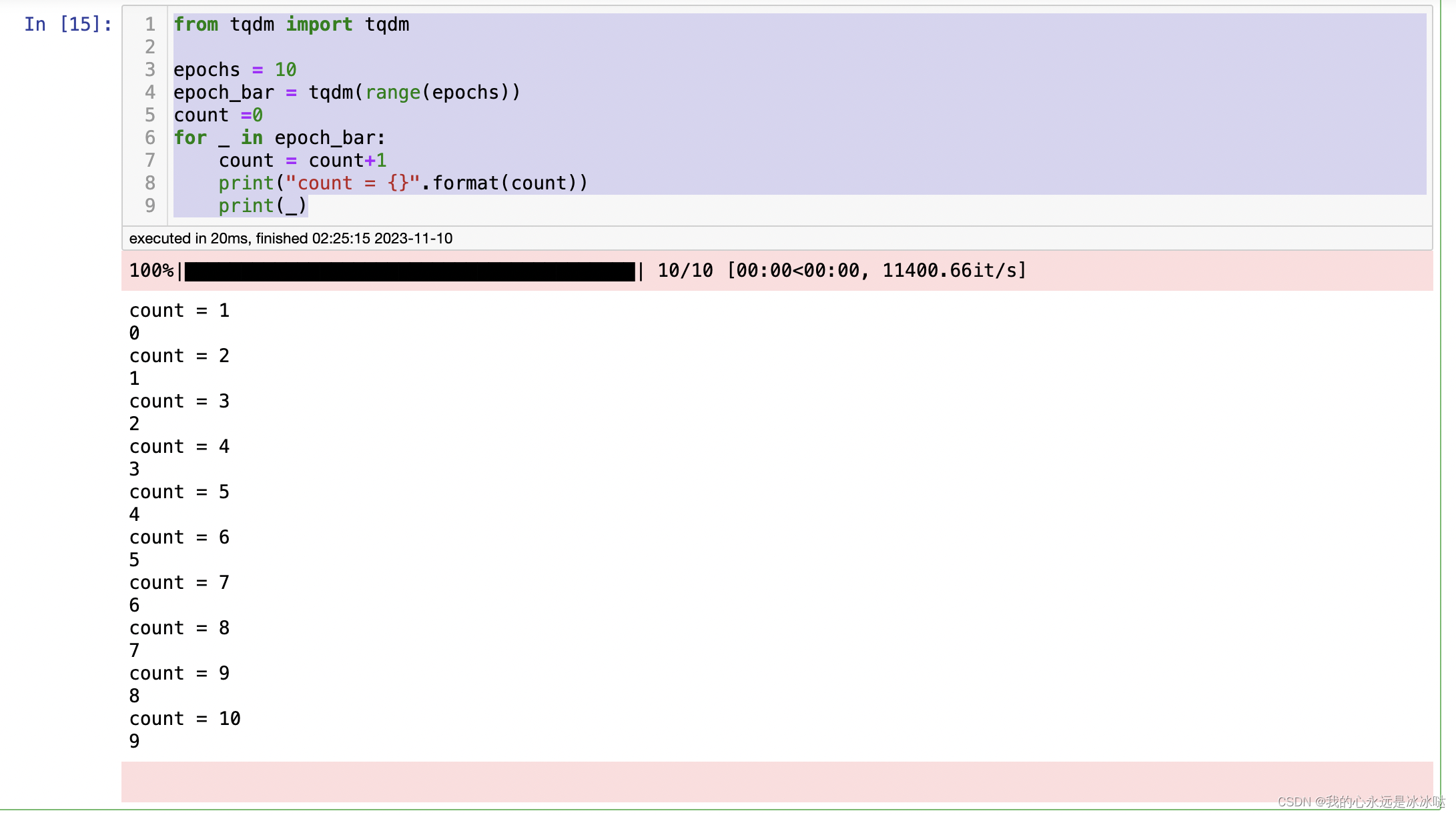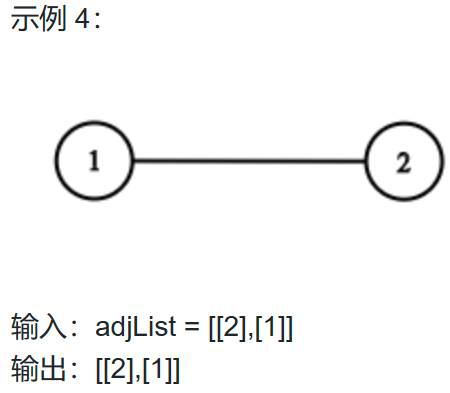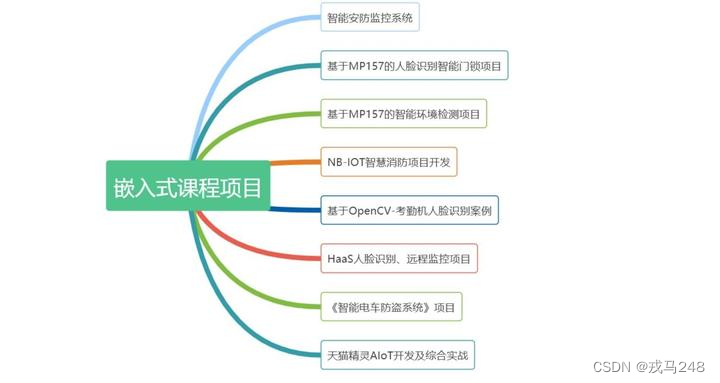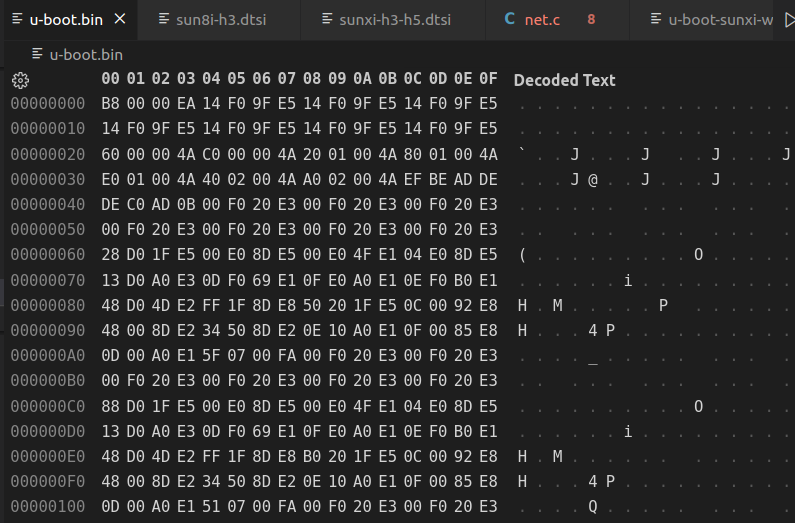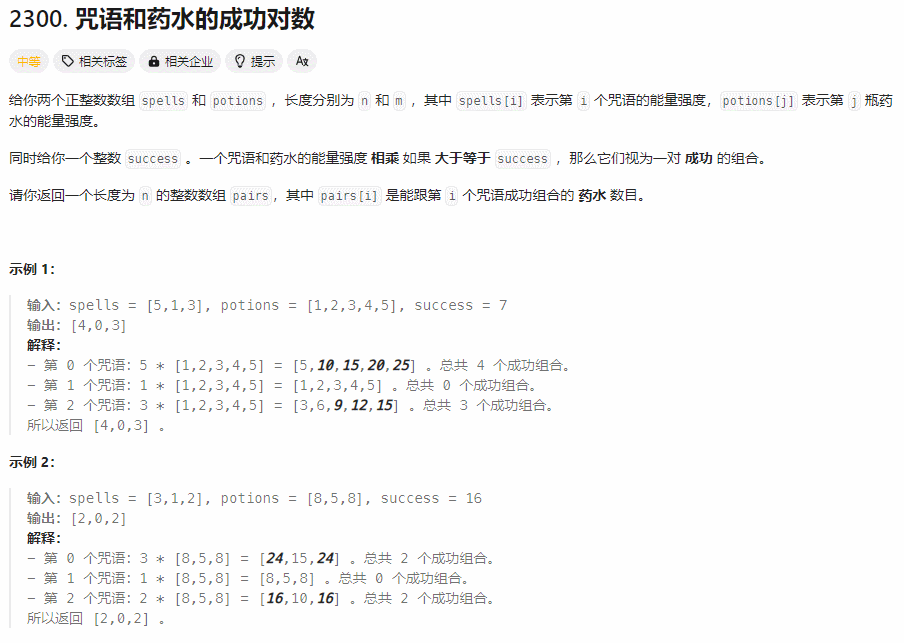LinkedList即底层基于链表的线性表
当业务中查询少,但需要频繁增,删的场合可使用LinkedList替代ArrayList。
特点:
- 底层基于链表,不存在初始化容器大小,也不用自动扩容
- 新增/删除元素平均时间复杂度: O(n)
- 查找元素平均时间复杂度:O(n)
- LinkedList除了作为普通的线性链表,还可以作为Java标准的栈和队列实现。所以它的接口要比ArrayList多很多。
LinkedList主要方法
作为普通链表
-
初始化
通过new LinkedList() 或 new LinkedList(Collection c)初始化一个链表 -
add(int index, E e)
在指定索引位新增一个元素,先找到index位的结点,然后将新结点插入到指定位置即可 -
get(int index)
返回指定索引位的元素,实现也很简单,即从链表的头开始遍历到指定的索引位即可。 相比ArrayList的实现,它的时间复杂度比较高是O(n) -
remove(int index)
删除指定索引位的元素,相比ArrayList实现比较简单,不需要移位
作为栈(stack)
- 初始化空栈
new LinkedList()
- 压栈(push)
push(E e)
- 出栈(pop)
pop()
- 取栈顶元素(peek)
peek()
作为队列(Queue)
- 入列(offer)
boolean offer(E e);
元素入列到队尾
- 出列(poll)
E poll();
元素从队首出列
- 取队首元素(peek)
E peek();
作为双端队列(Deque)
- 队首入列(offerFirst)
boolean offerFirst(E e);
- 队尾入列(offerLast)
boolean offerLast(E e);
- 队首出列(pollFirst)
E pollFirst();
- 队尾出列(pollLast)
E pollLast();
- 取队首元素(peekFirst)
E peekFirst();
- 取队尾元素(peekLast)
E peekLast();
源码分析
- add(int index, E element); E remove(int index)
/*** Inserts the specified element at the specified position in this list.* Shifts the element currently at that position (if any) and any* subsequent elements to the right (adds one to their indices).** @param index index at which the specified element is to be inserted* @param element element to be inserted* @throws IndexOutOfBoundsException {@inheritDoc}*/public void add(int index, E element) {// 检查index范围, 0 <= index <= sizecheckPositionIndex(index);// 元素插入到末尾if (index == size)linkLast(element);else // 非末尾,插入到index所在元素的前面linkBefore(element, node(index));}/*** Removes the element at the specified position in this list. Shifts any* subsequent elements to the left (subtracts one from their indices).* Returns the element that was removed from the list.** @param index the index of the element to be removed* @return the element previously at the specified position* @throws IndexOutOfBoundsException {@inheritDoc}* 移除操作非常简单,断开目标元素的上下指针即可*/public E remove(int index) {checkElementIndex(index);return unlink(node(index));}
- push, pop, peek
/*** Pushes an element onto the stack represented by this list. In other* words, inserts the element at the front of this list.** <p>This method is equivalent to {@link #addFirst}.** @param e the element to push* @since 1.6*/public void push(E e) {addFirst(e);}/*** Pops an element from the stack represented by this list. In other* words, removes and returns the first element of this list.** <p>This method is equivalent to {@link #removeFirst()}.** @return the element at the front of this list (which is the top* of the stack represented by this list)* @throws NoSuchElementException if this list is empty* @since 1.6*/public E pop() {return removeFirst();}/*** Retrieves, but does not remove, the head (first element) of this list.** @return the head of this list, or {@code null} if this list is empty* @since 1.5*/public E peek() {final Node<E> f = first;return (f == null) ? null : f.item;}栈的三个操作非常简单,就是只从头这一端操作。
- offer, poll, peek
/*** Adds the specified element as the tail (last element) of this list.* 入列操作即将元素加入到队尾* @param e the element to add* @return {@code true} (as specified by {@link Queue#offer})* @since 1.5*/public boolean offer(E e) {return add(e);}/*** Retrieves and removes the head (first element) of this list.* 出列操作即从队首取出元素* @return the head of this list, or {@code null} if this list is empty* @since 1.5*/public E poll() {final Node<E> f = first;return (f == null) ? null : unlinkFirst(f);}/*** Retrieves, but does not remove, the head (first element) of this list.* 获取队首元素,即取首元素* @return the head of this list, or {@code null} if this list is empty* @since 1.5*/public E peek() {final Node<E> f = first;return (f == null) ? null : f.item;}- offerFirst, offerLast, pollFirst, pollLast, peekFirst, peekLast
双端队列的操作
/*** Inserts the specified element at the front of this list.** @param e the element to insert* @return {@code true} (as specified by {@link Deque#offerFirst})* @since 1.6*/public boolean offerFirst(E e) {addFirst(e);return true;}/*** Inserts the specified element at the end of this list.** @param e the element to insert* @return {@code true} (as specified by {@link Deque#offerLast})* @since 1.6*/public boolean offerLast(E e) {addLast(e);return true;}/*** Retrieves, but does not remove, the first element of this list,* or returns {@code null} if this list is empty.** @return the first element of this list, or {@code null}* if this list is empty* @since 1.6*/public E peekFirst() {final Node<E> f = first;return (f == null) ? null : f.item;}/*** Retrieves, but does not remove, the last element of this list,* or returns {@code null} if this list is empty.** @return the last element of this list, or {@code null}* if this list is empty* @since 1.6*/public E peekLast() {final Node<E> l = last;return (l == null) ? null : l.item;}/*** Retrieves and removes the first element of this list,* or returns {@code null} if this list is empty.** @return the first element of this list, or {@code null} if* this list is empty* @since 1.6*/public E pollFirst() {final Node<E> f = first;return (f == null) ? null : unlinkFirst(f);}/*** Retrieves and removes the last element of this list,* or returns {@code null} if this list is empty.** @return the last element of this list, or {@code null} if* this list is empty* @since 1.6*/public E pollLast() {final Node<E> l = last;return (l == null) ? null : unlinkLast(l);}// 双端队列的操作非常简单,队首和队尾同时支持入列,出列和取元素


